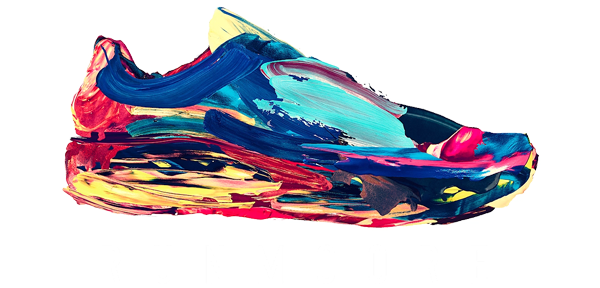As my long runs get even longer, two questions keep coming back to me: “How can I do this without injuring myself?” and “What in the world am I going to do once this is over?”
For me, the answer to both right now is in cross-training.
I’m pretty familiar with the consequences of pushing my legs too hard, too fast: for me, this has led to shin splints and calf tightness, a stress fracture, and IT band issues. These were usually self-inflicted by doing distance everyday, not recovering fully, and not addressing strength imbalances, and it was frustrating when they interfered with my training.
Now, as I see my mileage creeping up in the coming weeks, I see the possibility of falling back into that cycle looming—but I’d like to say I’ve learned my lesson.
When my calves are tight,
I’ll use a stationary bike to train without augmenting the problem. In college, I would also use swimming or water jogging to get an intense but low-impact workout. Spinning, martial arts, and dancing are great options as well. (In fact, more on dancing later!)
While lifting,
I try to include moves that strengthen areas where I’m weaker to prevent running into similar issues again. For example, I’ve been doing a lot of hip work, like side-lying top and bottom leg lifts, single-leg bridges with leg lifts, bent knee side leg lifts with my knee pointed forward, level, and back, and squats. Essentially, I’m doing rehab exercises with progressively heavier weights in the hopes that if my hips’ strength is in balance with my legs’, I won’t put too much stress on my IT band.
(If you’re unfamiliar with what an IT, or iliotibial, band is, first of all don’t worry because I didn’t even know this part of my leg existed until last year. It’s a ligament that runs from the side of your knee up to your hip, and if you aggravate it, you might have soreness or difficulty bending or lifting your leg.)
My lifting is definitely leg-heavy, but I’m also trying to involve more stretching to help my calves and also focus on upper-body and core in order to keep good form even when I’m tired. I’ve also been trying to be more diligent about warming up fully. If you also struggle with shin splints, I’ve found that this really helps.
For lower-leg woes,
recovery steps like icing, elevation, and stretching have never done me wrong, it helps to wear the right shoes (I’m a big fan of Hokas because their cushioning lessens the impact of my forefoot strike), and doing calf raises with toes in, out, and forward (like a ballerina!) also makes a difference.
Most of my cross-training is low-impact, which has helped me prevent injury so far in training for this race, but I discovered a new pursuit this past weekend which, though difficult on your calves, is the most delightful form of cross-training I’ve tried yet:
if you’re up for a challenge and some joy, try Lindy Hop.
I was lucky to get to go to the Lindy 500 workshop run by Mobtown Ballroom in Baltimore, a ballroom I’ve visited before for their open Monday- and Friday-night swing dancing. I got to learn a lot about the basic moves of Lindy Hop, a high-energy dance popularized in the ‘20s that is closely related to East-Coast Swing and Jitterbug…
We also learned moves and tradition—“vocabulary and idiom”—to begin speaking the language of Lindy through solo dancing and the Charleston, which is an Ashanti dance and form of Ghanaian cultural heritage. (After the transatlantic slave trade, the dance was named after Charleston, South Carolina and on the East Coast came to be associated with swing, ragtime, and the Flappers.)
Solo jazz and Charleston were surprisingly intense workouts.
We had to be powerful, quick, and light on our feet, so it was definitely a way to practice using those fast-twitch muscles that I sometimes neglect as a distance runner. It was so much fun that I’m joining their weekly class to learn more (and, in the words of Mobtown’s website, explore the “disturbingly awesome world of Lindy Hop”).
Lessons like this are putting things into perspective well for me right now. Aside from preventing injury, cross-training is helping me work through that second question—“What in the world am I going to do once this is over?”
I never want to give up running,
but I know I’ll have to take a little break after my race to get the recovery my body needs. This timing is probably for the best, though—as I get closer to starting my first full-time job, it’ll be nice to have multiple active hobbies to try with my schedule before I get into super-long distances again. So maybe I’ll keep strength-training and work up to a Spartan Race, maybe I’ll get back into circus training or train my mind with yoga, or maybe I’ll be non-stop with the Lindy Hop.
If you’re in the same situation, good luck! I hope we’re both able to try as many ways of cross-training as possible, take what we like, and rather than leave the rest, get good rest. Thank you for reading my blog!
Mable

